What Is Concrete Scarifier, Why & How To Use It
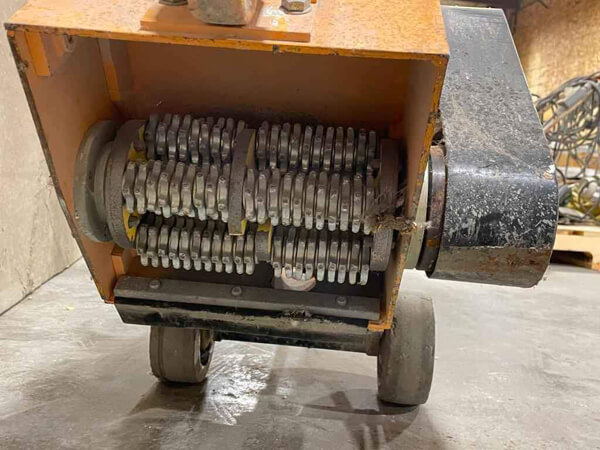
When you’re preparing concrete surfaces, it’s important to know what equipment will be best for your needs. For concrete resurfacing, both concrete scarifiers and diamond grinders are very effective, but they produce very different results.
Concrete scarifiers use blades attached to a rotating drum to chip away at the surface of the concrete. Using these machines, one can remove coatings and create a level surface that’s free of bumps and dips.
A concrete scarifier creates distinct lines in the concrete, which makes them particularly non-slip
Contents
What’s The Difference Between Concrete Grinder And Scarifier
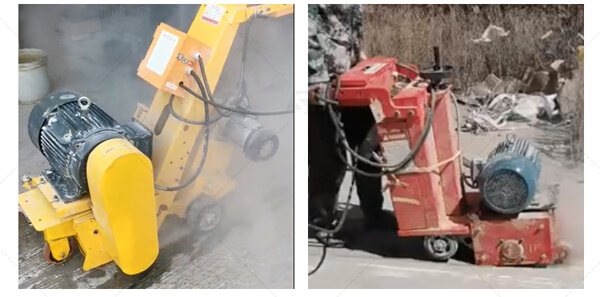
The main difference between the two is how the machines interact with the surface layer of concrete.
Diamond concrete grinders can remove coatings and create texture without chipping much of the concrete surface.
A concrete scarifier is also great for removing coatings, adding texture, and leveling surfaces, but it digs a little too deeply into the concrete top layer. Depending on the project, their telltale grooves could also be disadvantages.
Why Use Concrete Scarifier
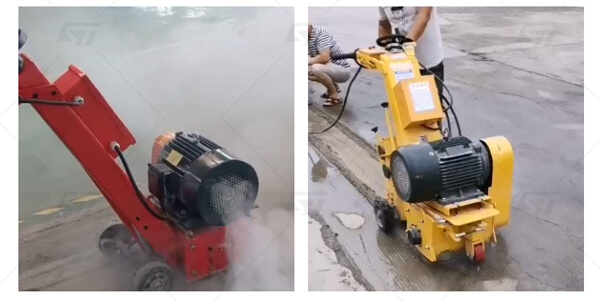
Concrete scarification machines are great for resurfacing projects that require a great deal of cutting power, more specifically, deeper than 18 inches. The scarifier digs fairly deep into the concrete, scraping away up to 14 millimeters per pass. For example, they can be used to remove moss and lichen from a patio. Other uses include:
- Repairs and construction of bridges
- Repairs and construction of roads
- Installation of parking garage flooring
- Walkways and driveways.
These projects often involve creating grooves in concrete to facilitate traction, removing old coatings, or creating level areas to eliminate tripping hazards. Specifically, scarifiers are great for:
- Taking off thick epoxy, carpet clue, or coatings
- to make traction grooves
- or remove thick concrete layers.
What Is The Difference Between Concrete Grinding vs Scarification
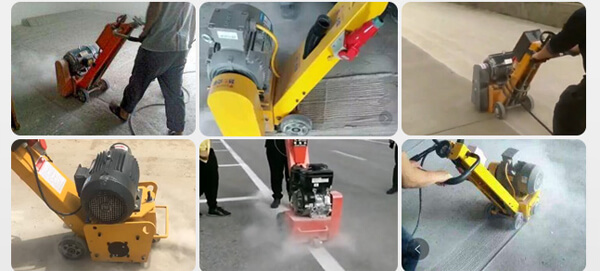
In general, concrete scarification is a more economical alternative to concrete diamond grinding. Diamond tooling is more expensive than scarification blades. Concrete grinding can take significantly longer than scarifying, thus increasing your operating costs.
By utilizing Multi-Purpose-Chassis, you can avoid having to purchase extra equipment; you’d be able to do both functions with the same machine.
How To Use Concrete Scarifier
Scarifying concrete is a relatively simple operation, but as with most construction-related activities, you can run into difficulties if you don’t know what you’re doing.
Pros do several basic things to make sure the scarifier produces maximum profit and productivity.
Remove only a small amount at a time
Beginners tend to overlook this and it is one of the most important things to watch for. Each scarifier is designed to remove a certain amount of concrete per pass. Depending on the machine and motor size, and the hardness of the concrete, the amount will vary. You could end up doing a few things if you force the machine to remove more than what it was designed to…
- The tooling and/or cage of the machine may be damaged
- The internal parts of the machine may be damaged
- You’ll keep running into problems that slow you down, which will lead to a decrease in productivity.
Consider taking less off at a time and doing multiple passes if you notice that the machine is struggling. It might even be faster than it seems at the time. In the long run, you will save a lot of money on tooling and possibly even on your machine.
The Right Tools Can Make A Difference
Various types of tooling are used with a concrete scarifier. To ensure optimum production and results, use the best tooling for the application, just as you would for any other machine.
The main types of scarifier tools are outlined here in a brief overview.
TCT cutters
- For concrete texturing, scabbling, planning, and grooving.
- For longer cutter life, use on heavy applications.
- This is the most common tooling used with scarifiers.
Beams cutter
- The main job of a scarifier is to remove concrete. A grinder or shot blaster is usually used to remove coatings. However, beam cutters are capable of removing paint, laitance, and most floor coatings.
- The beam cutter offers a less aggressive profile than other scarifier tools and is often used to clean ship decks, remove grease buildup, dirt, and ice deposits.
Cutters for milling
- Thermoplastic markings on roads and runways can be removed. The process is very efficient and cost-effective. Furthermore, it eliminates the problem of thermoplastic burning, which can occur with other techniques.
- Also useful for removing bituminous and rubber deposits.
Brushes containing wire
- Removing light deposits, laitance, grease, oil, rubber deposits, rust, and flaky paint.
- Steel can be cleaned and polished by using this product.
- Ensure you have the right tooling for the job by doing some research.
The right machine is essential
To remove concrete, you’ll need an aggressive machine. So depending on the job, make sure the machine you use will be able to handle it.
The job will take much longer to complete and the machine’s life will be reduced because you will be pushing it too hard when you use a machine with too small of a motor. When you do heavy concrete removal jobs frequently, you may need a larger machine with a larger motor that will increase your production rates and will allow you to remove concrete with ease.
Scarifying isn’t that complicated at the end of the day. It will take you no time at all to scarify like a pro if you understand what machines and tools will work best for the job.
Conclusion
If you want to resurface your concrete, you have a lot of options. Despite their similarities and differences, concrete grinders and scarifiers are largely determined by precision, power, and purpose.
Concrete scarifiers are perfect for deep cuts, removing thick coatings, or leveling uneven surfaces. Various types of tooling are used with a concrete scarifier. To ensure optimum production and results, use the best tooling for the application, just as you would for any other machine.
Scarifying concrete is a relatively simple operation, but as with most construction-related activities, you can run into difficulties if you don’t know what you’re doing.
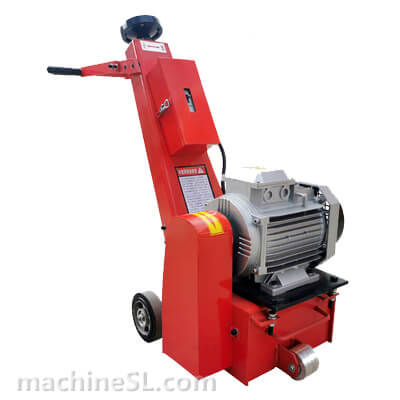
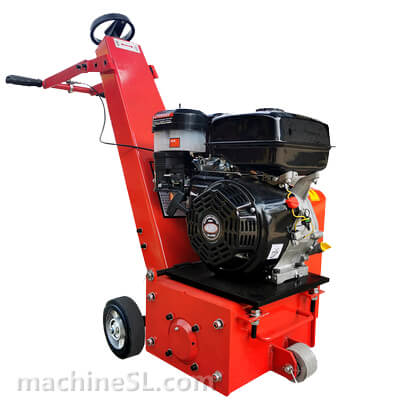
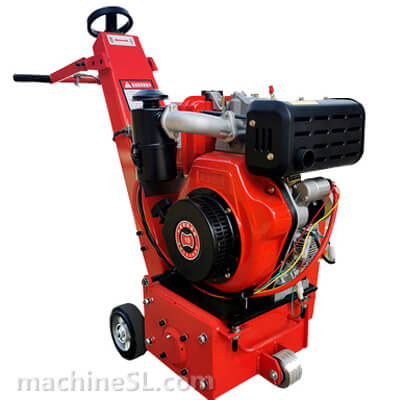
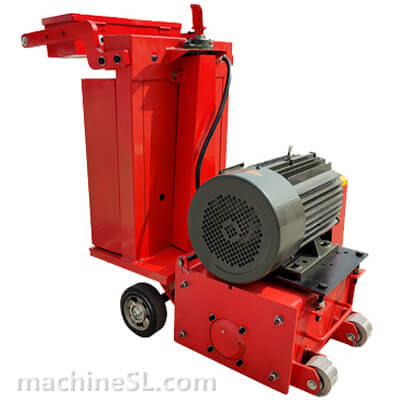
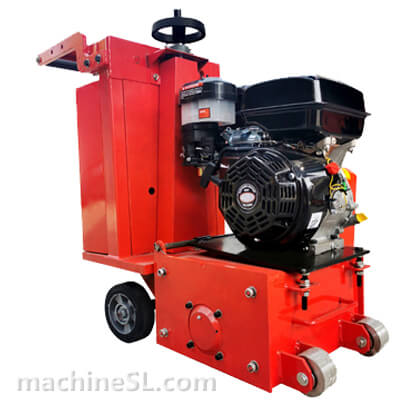
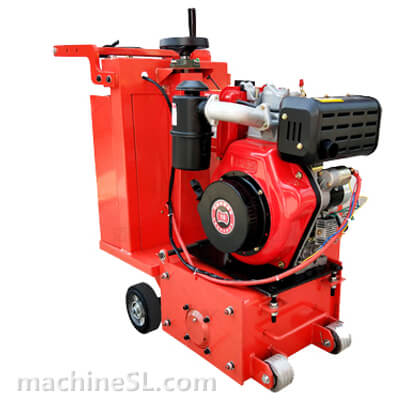
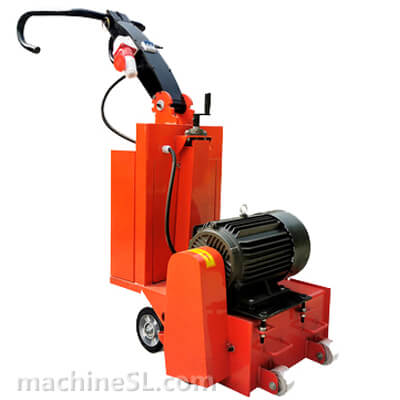
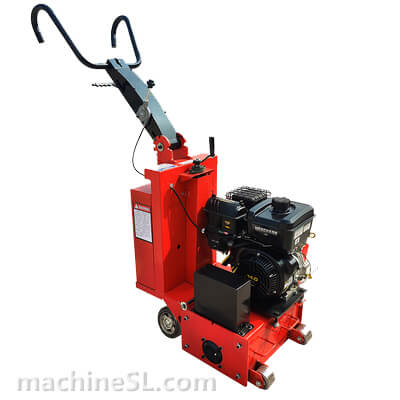
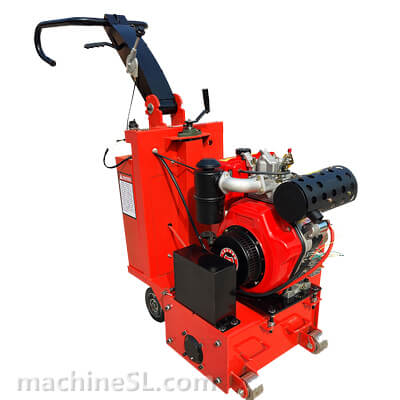
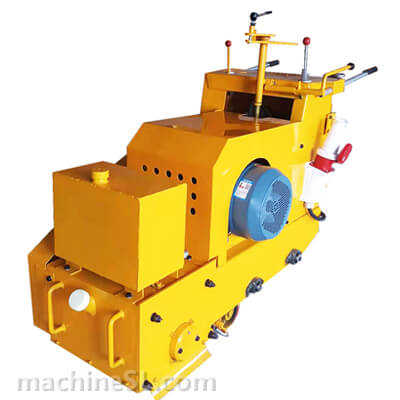
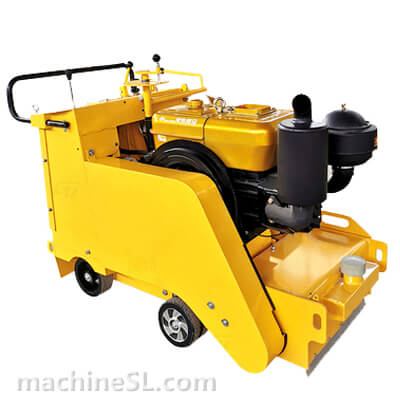
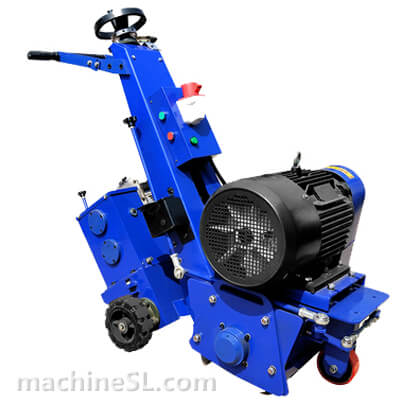
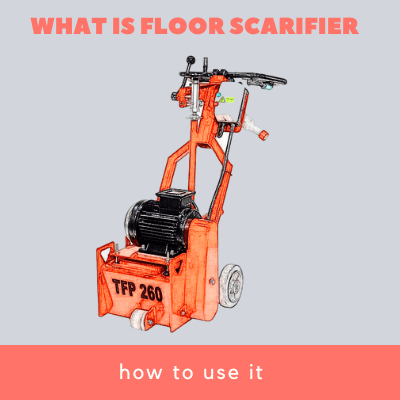
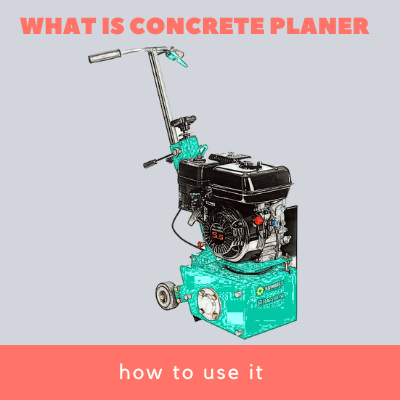
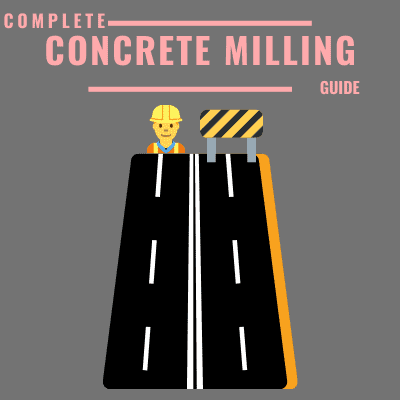
What is the impact in terms of vibration of this scarifier
Thanks, let’s keep in touch by email